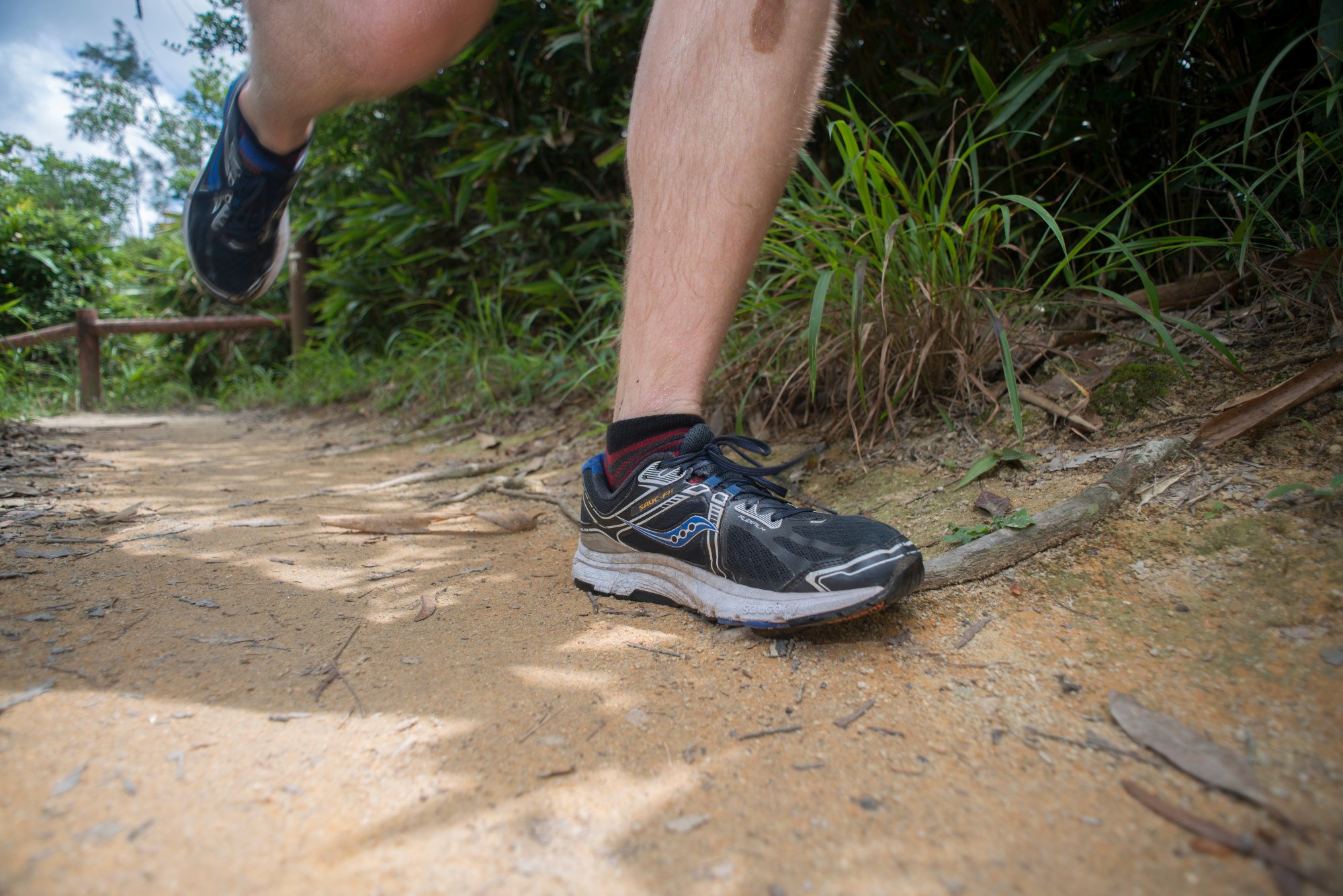
Explainer | What are hill repeats? Running training to improve your fitness and performance
- Hill repeats are exactly what they say on the tin – repeatedly running up a hill – and they have untold benefits for your training and performance
- Add hill repeats into your training programme to take your fitness to the next level
A varied training plan is important to take your fitness to the next level. Hill repeats can be a value session to get fitter, stronger, faster and more injury-resilient.
A hill repeat is what it says on the tin: repeatedly running up and down a hill.
Typically, you run with maximum effort up the hill, then jog easily back down to recover.
What are the benefits of hill repeats?
Running uphill builds strength in your posterior chain. This in turn will help your flat running too, and make you more resistant to injuries.
It will work your cardiovascular system hard, but without the striding and pounding of sprinting on a flat surface. However, running downhill will put strain on your joints, so take it easy and walk down if you have to.

Running uphill can improve your running form because you cannot overstride. Subconsciously, you may take this back to your flat running.
Should ultra runners do speed sessions?
It’s great mental training. Running uphill is tough, and pushing yourself to the end of each repeat requires discipline and grit. These are traits that can be learned and practised. Then you can use your new-found mental strength in races, other training and even wider life.
How to plan a hill repeat session
Hill repeat sessions should feature as part of your training regime, but not all. Even if you are training for hill courses, mix up your sessions with flat running, long slow runs and weight training.
1. Warm up – walk, jog and do dynamic stretching before diving into the session.
2. Pick where to end – you have to know the distance of each repeat. This isn’t a long non-stop uphill run. Pick a marker about 100 to 200 metres up the hill and run flat-out to it. Make sure the distance is tough enough to be worth it, but not so far you are barely running or walking by the end. If there’s no marker, do it by time – say, 30 seconds running up.

3. Repetitions – pick a number of repetitions so you know what you are working towards. Again, make it hard enough that you are getting fitter, but not so many that you are walking by the last few. Remember, as you get fitter, you can increase the distance, amount of repetitions or just go faster and not increase either.
4. Downhill – going back down is your active rest and recovery. Keep moving but go slowly. If you want to, walk down the hill. As soon as you are back at the start, sprint off again, don’t stop and sneak in a few more seconds of rest. If you are going by time, and not distance, make sure you know how long you are resting for.
5. Warm down – don’t just jog home and get on with your day. Do some static stretching at the end of your session. The added strain of the incline is likely to give you stiff calves if you have not run uphill in a while.

